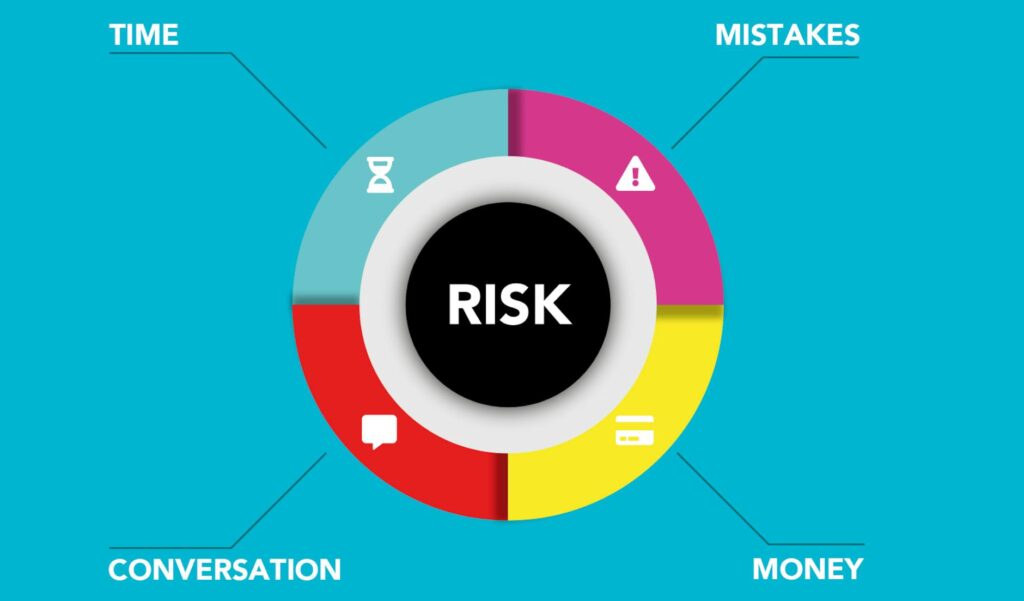What is visual time management tools?

What is Visual Time Management Tools?
In today’s fast-paced world, managing time effectively can feel like trying to catch smoke with your bare hands. Enter visual time management tools, a game-changing solution that transforms how we approach our daily tasks. By converting our schedules and tasks into visuals, these tools help organize our time in a way that’s not just effective but also engaging. They can enhance productivity and work-life balance, making it easier to see where our time goes and how to manage it better.

Photo by Monstera Production
Understanding Visual Time Management Tools
Definition and Purpose
So, what exactly are visual time management tools? These are resources that help you visualize your time, tasks, and projects, allowing you to see what needs to be done at a glance. They can range from simple calendars to intricate project management software. The primary purpose is to enhance your awareness of time allocation, making it easier to prioritize and manage tasks effectively.
Visual time management tools serve as a guide, helping you navigate the maze of daily responsibilities. They provide clarity in chaos, allowing you to focus on what truly matters.
Benefits of Visual Time Management Tools
The advantages of using these tools are numerous. For starters, they can significantly boost your productivity. By visualizing tasks, you can quickly identify what’s urgent and what can wait. Additionally, these tools often promote better organization, reducing the mental clutter that can come with juggling multiple tasks.
Moreover, they enhance your ability to maintain a work-life balance. When you can see how your time is spent, it becomes easier to carve out personal time without sacrificing professional responsibilities. For a more in-depth look at how time management can transform your work-life balance, check out this article on 12 Benefits of Effective Time Management.
Types of Visual Time Management Tools
Visual time management tools come in many forms. Here are some popular types:
Calendars and Planners
Calendars and planners are perhaps the most straightforward visual time management tools. They allow you to lay out your days, weeks, and months in a visual format. Whether digital or physical, they help keep track of appointments, deadlines, and personal commitments. By checking these tools regularly, you can avoid scheduling conflicts and ensure that you allocate time for both work and relaxation.
Gantt Charts
Gantt charts are a fantastic way to visualize project timelines. They display tasks along a timeline, which makes it easier to see overlaps and dependencies between tasks. This can be incredibly useful for teams managing multiple projects, as it allows everyone to understand their role and what needs to be done by when. For more insights on this tool, learn about 10 Time Management Tools & Practices.
Kanban Boards
Kanban boards take visual management a step further by breaking down tasks into manageable segments. Each task is represented as a card that moves through different stages—like “To Do,” “In Progress,” and “Done.” This allows teams to focus on workflow and identify bottlenecks quickly. Kanban boards are particularly great for agile projects, as they promote flexibility and continuous improvement.
Time Blocking Techniques
Time blocking is a strategy that involves dividing your day into blocks dedicated to specific tasks or types of work. By visually segmenting your day, you can enhance focus and minimize distractions. This technique helps ensure that you dedicate uninterrupted time to deep work, while also allowing for breaks and personal tasks.
Choosing the Right Visual Time Management Tool
Selecting the right visual time management tool can be a personal journey. Here are some tips to guide your choice:
Assessing Your Time Management Needs
Take a moment to reflect on your specific time management needs. Do you manage a team, or are you working solo? Are you juggling multiple projects, or do you need a simple way to track daily tasks? Identifying your needs will help you select a tool that fits seamlessly into your routine.
Exploring Tools and Features
Once you know your needs, start exploring various tools and their features. Some tools offer integration with other applications, while others focus on simplicity. Look for a tool that aligns with your workflow, and don’t hesitate to try a few options before settling on one.
Implementing Visual Time Management Tools in Daily Life
Integrating visual time management tools into your daily routine can transform how you handle tasks. Here are some strategies to make the most of them:
Creating a Consistent Routine
Consistency is key when using visual time management tools. Set aside time each day or week to review your planner, Gantt chart, or Kanban board. This regular check-in will help you stay on top of your commitments and adjust as needed.
Tracking Progress and Adjusting Strategies
As you implement these tools, keep an eye on your progress. Are you achieving your goals? If not, it might be time to adjust your strategies. Regularly reviewing your performance can help you refine your approach and make better use of your time.
Conclusion
Visual time management tools are invaluable allies in the quest for productivity and work-life balance. They help clarify responsibilities, enhance focus, and reduce stress. By experimenting with different tools and integrating them into your daily routine, you can discover what works best for you. So, why not take the plunge and explore the world of visual time management? Your future self will thank you!